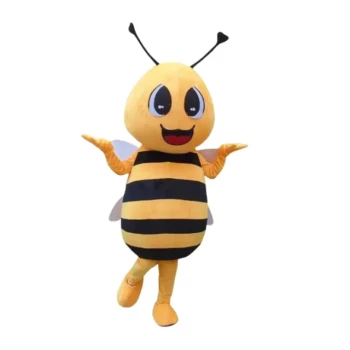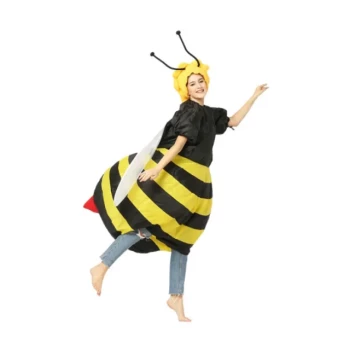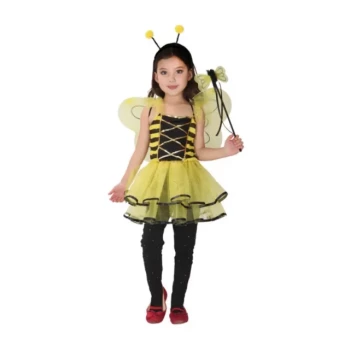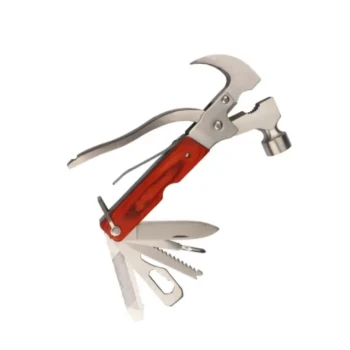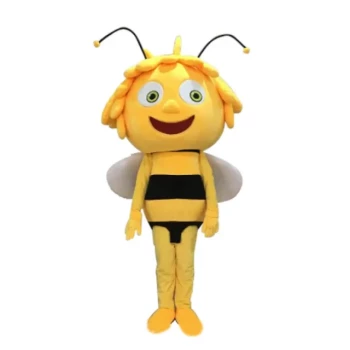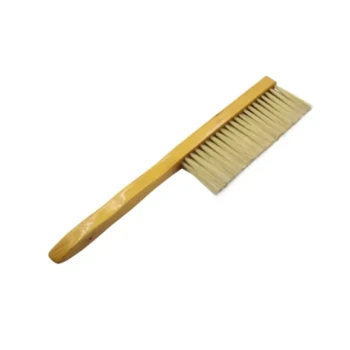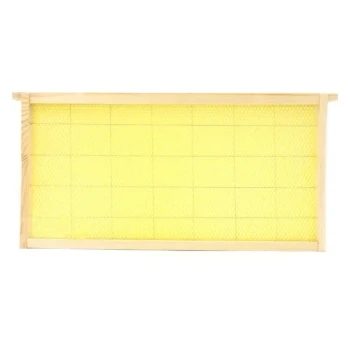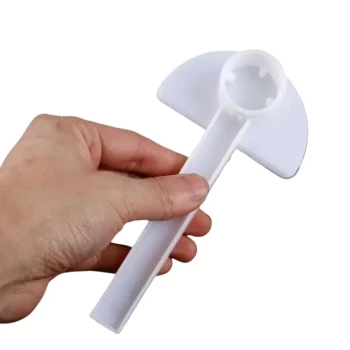Proper maintenance for beekeeping clothing involves regular inspection, specific washing methods for different components, and correct storage. Most suits and gloves can be machine washed, but veils and attached hats must be hand-washed to protect the delicate mesh. Always hang-dry your gear to prevent shrinkage and damage.
The goal of maintaining your protective gear is not just about cleanliness. It's about preserving the suit's integrity to prevent stings and removing residual alarm pheromones that can agitate bees during future inspections.

Before You Wash: The Critical Inspection
Before any cleaning, a thorough inspection is your first line of defense. A clean suit with a hole offers no protection.
Check for Holes and Tears
Regularly examine your suit, veil, and gloves for any rips, tears, or worn-thin areas. Pay close attention to seams and high-stress points like the knees and elbows.
Test Zippers and Velcro
Ensure all zippers close completely and securely. Check that Velcro closures are free of debris and still form a tight seal to prevent bees from crawling inside.
A Component-by-Component Cleaning Guide
Different parts of your gear require different care. Always check the manufacturer’s instructions first, as materials can vary.
Cleaning Full Suits and Jackets
Most bee suits and jackets made from cotton or poly-cotton blends are machine washable. They can accumulate dirt, propolis, and wax, so cleaning is essential.
Washing Your Gloves
Reusable beekeeping gloves can typically be machine washed along with your suit. This helps remove sticky honey and propolis, restoring dexterity.
Handling Veils and Hats with Care
Never machine wash your veil. The netting is fragile and can be easily damaged. Hand wash hats and veils in a basin of warm, soapy water, rinse thoroughly, and hang them to dry.
The Importance of Proper Drying
Always hang-dry your protective clothing. Using a machine dryer can cause significant shrinkage, potentially rendering your suit too small and damaging zippers or elastic bands.
Common Mistakes That Compromise Your Gear
Avoiding a few common pitfalls is just as important as the cleaning process itself. Proper care ensures your equipment remains effective for years.
Neglecting Pheromone Buildup
Bees that sting your suit release an alarm pheromone that lingers on the fabric. If not washed out, this scent can attract and provoke bees during subsequent hive inspections.
Improper Storage
Store your clean, dry suit in a cool, dry place. Avoid direct sunlight and moisture, as these can degrade the fabric and compromise its protective qualities over time. Storing gloves flat will help them maintain their condition.
A Maintenance Mindset for Beekeepers
Your approach to gear maintenance directly impacts your safety and confidence in the apiary.
- If your primary focus is safety as a new beekeeper: Make meticulous inspection and cleaning a non-negotiable routine after every few uses to build confidence and ensure maximum protection.
- If your primary focus is efficiency as an experienced beekeeper: Integrate gear checks into your workflow to prevent complacency and unexpected equipment failures that can disrupt an inspection.
A well-maintained suit is your most reliable partner in the apiary, ensuring your focus remains on the health of your bees, not on the risk of stings.
Summary Table:
| Maintenance Step | Key Action | Why It's Important |
|---|---|---|
| Inspection | Check for holes, test zippers/Velcro | Prevents stings from compromised gear |
| Washing Suits/Gloves | Machine wash (cotton/poly blends) | Removes dirt, propolis, and alarm pheromones |
| Washing Veils | Hand wash only in warm, soapy water | Protects delicate mesh from damage |
| Drying | Always hang-dry; avoid machine dryers | Prevents shrinkage and damage to zippers/elastic |
| Storage | Store clean and dry in a cool, dark place | Prevents fabric degradation over time |
Protect Your Investment and Your Safety with HONESTBEE
Your protective gear is your first line of defense. Just as proper maintenance is crucial, so is starting with high-quality, durable equipment designed for commercial use. At HONESTBEE, we supply commercial apiaries and beekeeping equipment distributors with wholesale-focused operations, offering robust suits, gloves, and veils built to withstand rigorous use and proper cleaning cycles.
Let us help you equip your operation with gear that lasts. Contact our team today to discuss your wholesale needs and ensure your beekeepers are always protected.
Visual Guide
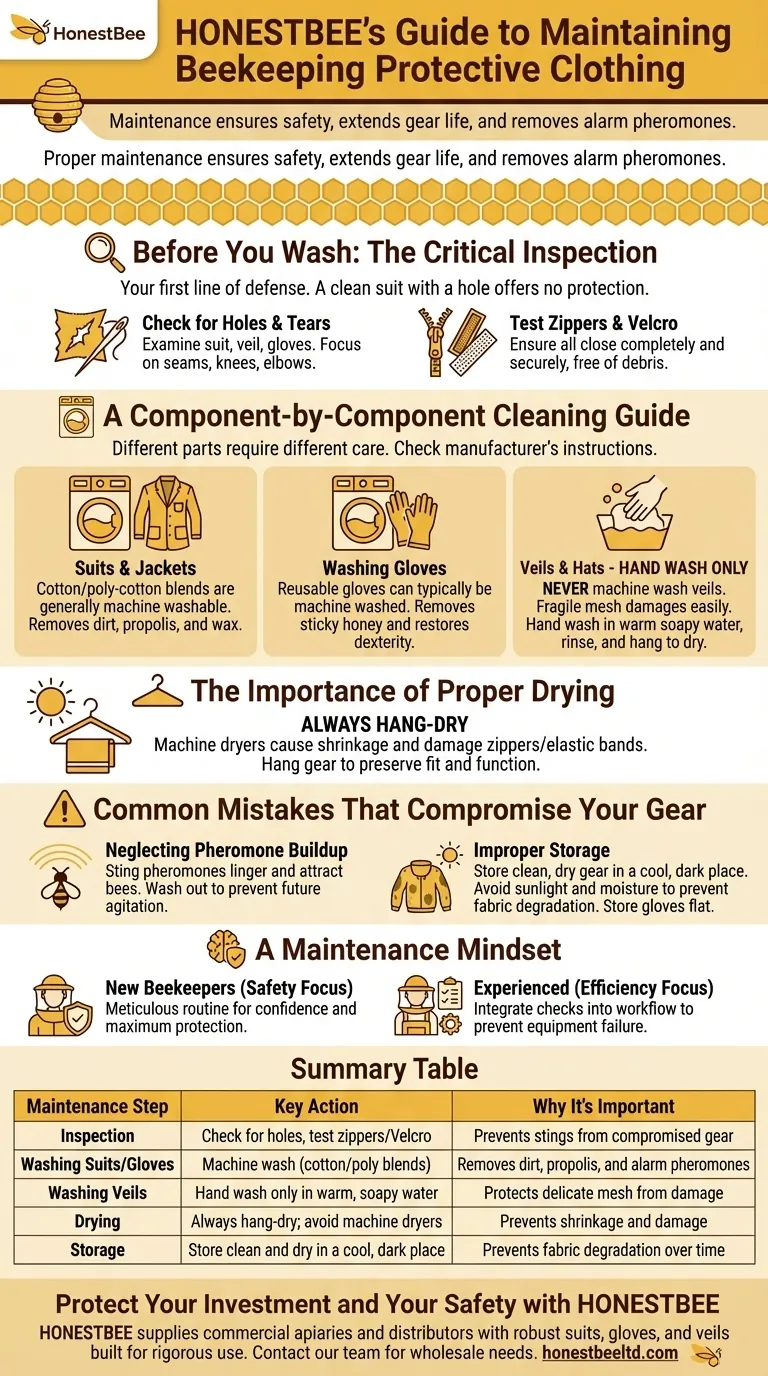
Related Products
- White Beekeeping Protective Suit and Hat with Fencing Veil for Beekeepers
- Friendly Bee Mascot Costume Vibrant Engaging Promotional Asset
- Charming Bee Mascot Costume Professional Engaging Brand Ambassador
- Superhero Bee Mascot Costume Dynamic Professional Brand Champion Costume
- Wholesales Dadant Size Wooden Bee Hives for Beekeeping
People Also Ask
- How do beekeepers not get stung? Master Bee Behavior & Protective Gear
- What are the benefits of elasticized cuffs and ankles in beekeeping suits? Ensure Total Protection & Comfort
- How should a bee suit be cleaned? Protect Your Investment and Ensure Apiary Safety
- What are the essential components of a beekeeper's attire? Build Your Complete Protective System
- What are the common types of protective clothing used in beekeeping? Stay Safe and Confident at the Hive

